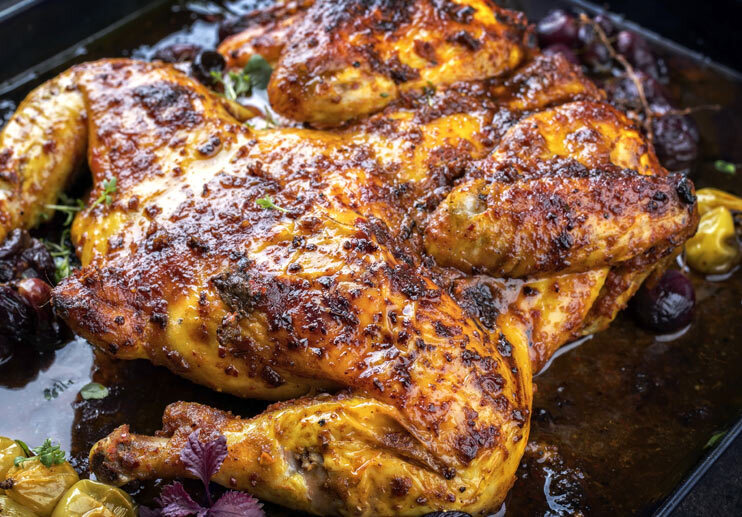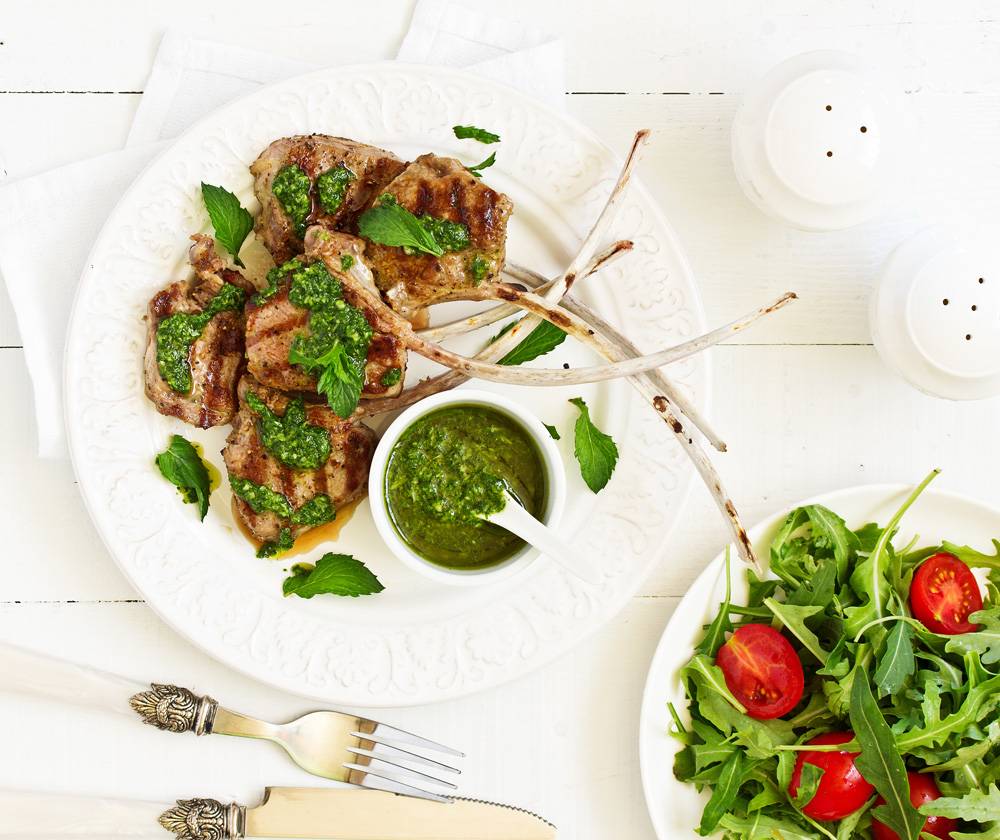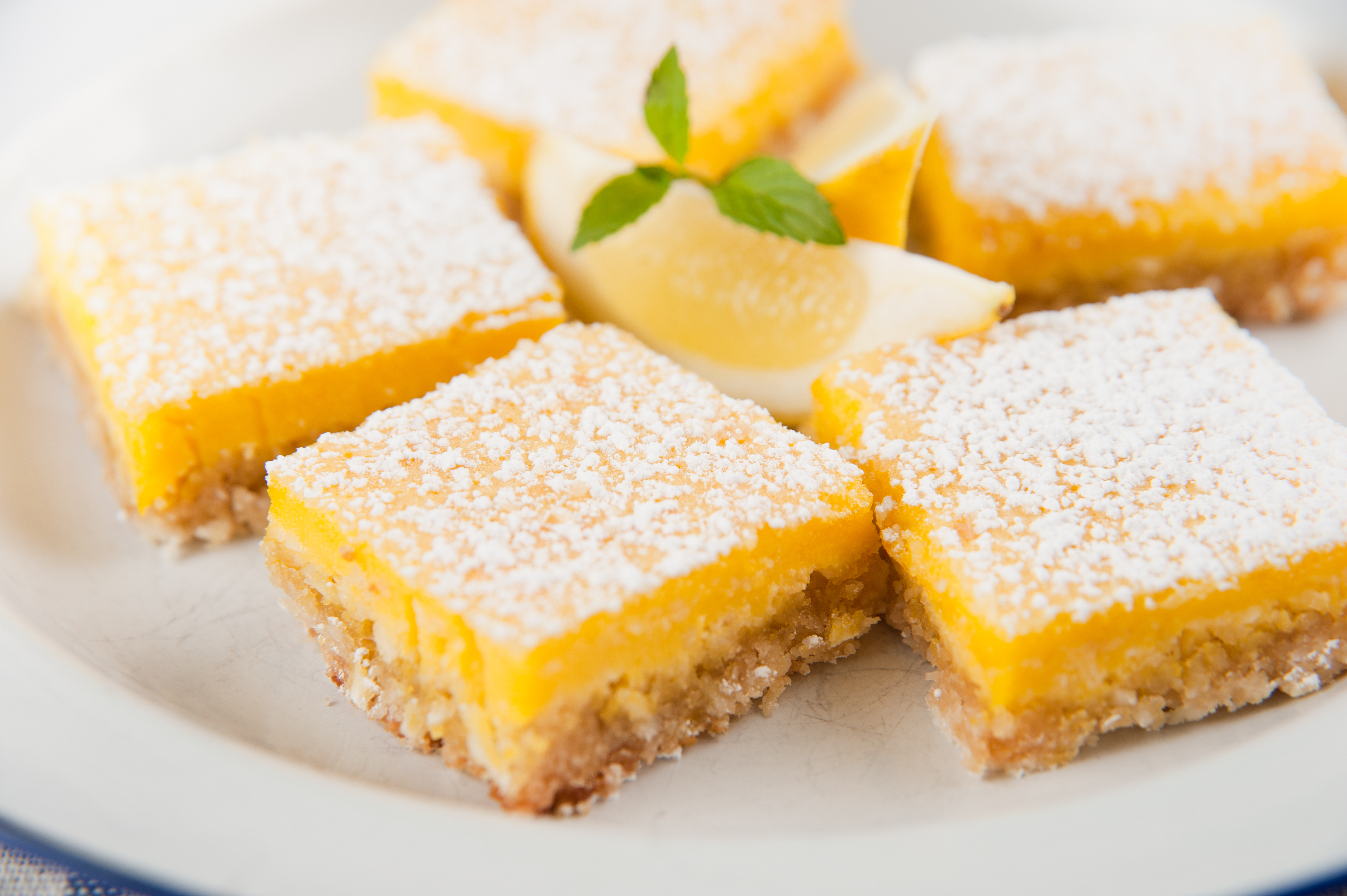Shrimp preparations are a specialty of Chile’s small coastal villages. If you don’t want to fuss with skewers, grill the shrimp in a grill wok or grill basket. The sauce is best when made shortly before serving.
Ingredients
For the shrimp and marinade:
- 2 pounds jumbo shrimp, peeled and deveined
- Juice of one large lime
- 3 tablespoons extra virgin olive oil
- 2 cloves garlic, peeled and minced
- 2 teaspoons pure chili powder
- 1/2 teaspoon ground cumin
- 1/4 teaspoon paprika
- 1/2 teaspoon each coarse salt (kosher or sea) and freshly ground black pepper
- 1/2 teaspoon hot red pepper flakes (optional)
For the avocado cilantro sauce:
- 2 large ripe avocados, pitted and peeled
- 1 cup sour cream or Greek-style yogurt
- 1/4 cup extra virgin olive oil
- 2 cloves garlic, peeled and coarsely chopped
- Juice of 2 limes
- 1/2 cup coarsely chopped cilantro leaves
- Coarse salt (kosher or sea) and freshly ground black pepper, to taste
Directions
Step 1
Make the marinade: In a small bowl whisk together the lime juice, olive oil, garlic, chili powder, cumin, paprika, salt, pepper, and red pepper flakes (if using). Pour into a large resealable plastic bag and add the shrimp. Toss to coat and marinate for 30 minutes. Drain the shrimp, dry on paper towels, and thread on metal or bamboo skewers. (Discard the marinade.)
Step 2
Shortly before grilling, make the avocado cilantro sauce: In the bowl of a food processor fitted with the metal blade, combine the avocado, sour cream, olive oil, garlic, lime juice, and cilantro. Run the machine in short bursts until the sauce is smooth. Add salt and pepper to taste. Transfer to an attractive serving bowl. If not serving immediately, place plastic wrap directly on top of the sauce to delay oxidation (browning).
Step 3
Preheat the grill to medium-high. (Alternatively, use a cast iron grill pan on the stovetop.) Grill the shrimp on each side for 2 to 3 minutes, or until opaque and no longer pink. Serve immediately with the sauce. (Note: Metal skewers will be very hot.)
Serves 8 as a starter or 4 as a main course — Recipe adapted from therecipecritic.com




